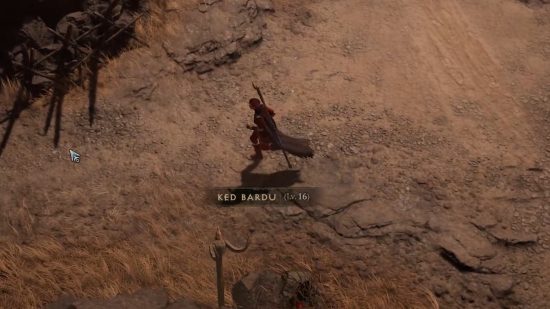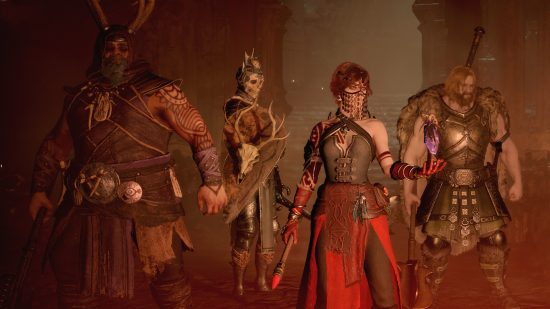What is Diablo 4 scaling? Level scaling is a game system which makes boss battles and general foes more difficult to defeat the more you level up your character, so taking down monsters never feels too easy. It can sometimes feel a little repetitive the more your traipse through the same Sanctuary streets, so anything that makes each area worth returning to is a win in our book.
Our glowing Diablo 4 review still holds up the more we play the devilish game, and that is in part thanks to the replayability of many of the fights, whether in solo play or D4 multiplayer. Despite recent criticism from a Bungie dev, many players seem to be happy with the scaling system, but in case you’re not quite sure how level scaling works in Diablo 4, we’ve got all the details below.
How does D4 scaling work?
Diablo 4 scaling works by matching most enemies, bosses, and events to your current character level, whether you’re in single-player or multiplayer.
Level scaling doesn’t kick in until after you’ve first completed the main campaign though, so you might wonder what we’re talking about if you’ve noticed areas across the map have differing levels. This is true – during the campaign, each Diablo 4 map region has its own recommended character level, with, for example, Kehjistan hosting more difficult monsters than, say, Fractured Peaks. You can see the recommended level for each area, dungeon, or event in the top right hand corner of the map, and if it is higher than your current level, it will show in orange text.
Once you’ve leveled up to 50 or even 100 and completed the main campaign, though, revisiting these areas at the same levels would make them incredibly easy and, well, boring. That’s where scaling comes in. When you return to these regions, events, or bosses, they will now match or surpass your current level. This is also the case for a new character. If you start a new character after completing the campaign and choose to skip the story the second time around, the world will still scale to your new character.
Party scaling
In multiplayer, D4 scaling still works, and still matches your own level. Say, for example, that you are level 25 and you are battling the same boss as a level-50 friend. Your friend will deal and take more damage to and from the enemy than you, meaning you both should feel roughly the same amount of difficulty. Clever, huh?
Now you know a bit more about Diablo 4 scaling, hopefully you’re more eager than ever to keep exploring Sanctuary – up to and even beyond reaching the D4 max level cap. It’s a great opportunity to try out different Diablo 4 classes, too, so if you’re creating a whole new character from scratch, be sure to check out the best Diablo 4 builds, according to our Diablo 4 experts and Blizzard devs.


